When potential clients consider working with EmberTribe, we offer a free in-depth "discovery" and audit of their existing accounts.
Our goal is to give away a scary amount of value in this stage.
Sometimes we get burned and people take the ideas and run. That's a risk we're willing to take, because in every audit, we learn something new that makes us better marketers.
🔍Want more tips, tricks, and insider info about social media advertising? →
Here's a rundown of mistakes we've seen in our travels:
1. Crowding audiences into one ad set
Facebook ads are powerful because of how specific you can get with audience targeting.
But we see a lot of advertisers indiscriminately mixing in different audiences into the same ad set. Some interest targets here, a custom audience there and a lookalike audience sprinkled in for good measure.
This is basically like taking a handful of meat, throwing it into a mixing bowl, adding batter plus few vegetables and then calling it cake.
It's not cake. It's a terrible mix of bad decisions.
What to do instead: Separate your audiences into different ad sets (at the very least). Tailor your creative and copy to that audience. You'll be able to see which audiences respond best to your message when everything is broken out like this.
2. Lack of testing ad copy/creative
We don't like finding lonely ads.
That is, coming upon ad sets that contain one, solitary version of an ad without any variation.
The majority of advertisers aren't testing enough creative on Facebook.
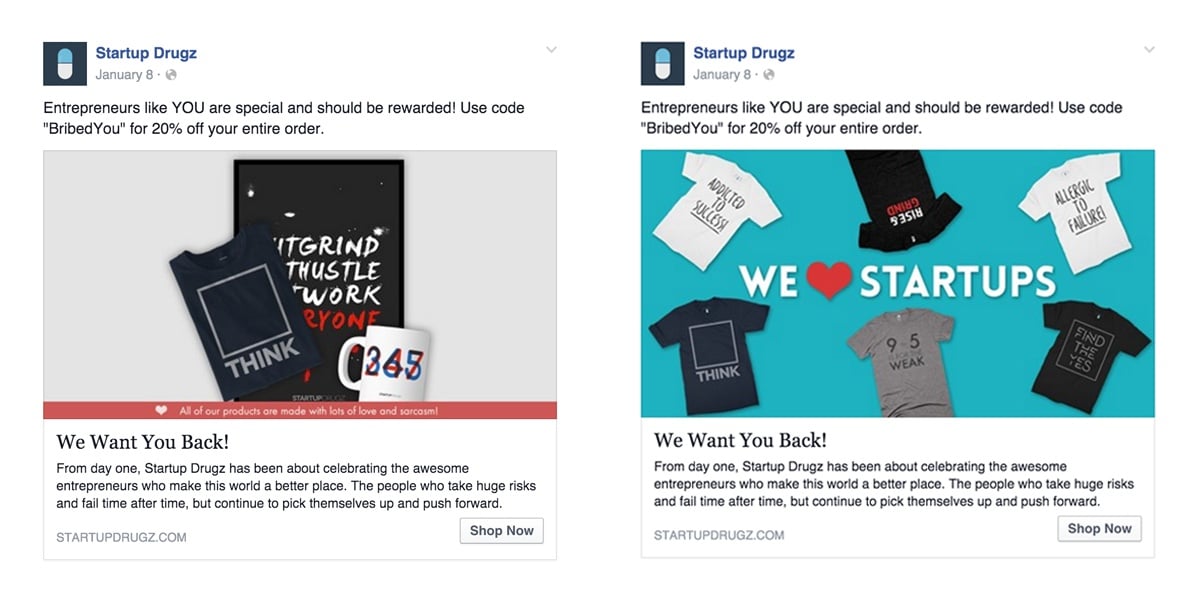
What to do instead: Every successful campaign that we've run has been directly linked to the amount of testing we do, particularly in the early days. Start with split-testing images. Then move on to other creative elements like headlines, description text, and calls-to-action.
3. The "set it and forget it" approach
Facebook has spent a lot of time and resources to make launching a campaign dead simple.
It's so easy to launch, that a lot of advertisers think Facebook will do all of the heavy lifting of managing a campaign on their behalf as well.
False.
We see too many campaigns that have been left unattended. Like a toddler left with a can of spray paint and pixie sticks.
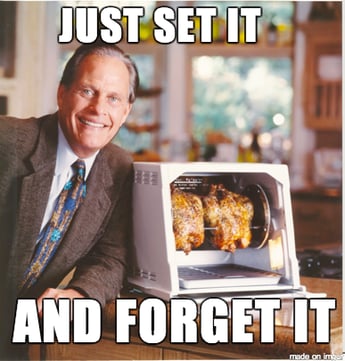
One of the biggest issues with leaving your campaign to run on its own is that people get sick of seeing the same ad over and over again. The more people tune you out, the more you pay to run that ad and the less effective it becomes.
What to do instead: Active management. Keep an eye on the key metric you're trying to improve. For us, that's usually cost per lead.
If it starts to rise steadily, check on your "ad frequency". This measures how many times people have seen your ad on average in their news feed. If both are rising sharply, it's time to reboot with new creative.
4. Inconsistent campaign duration (starts and stops)
This one is easy to spot. For a number of reasons, advertisers start and stop their campaigns. It creates an ugly, jagged graph , and has even uglier implications for the campaign's results.
We have a lot of empathy for this one. Your reasons for starting and stopping are noble: not seeing the results you require, trying to test campaigns as quickly as humanly possible, and ultimately, save precious ad spend.
But all of these starts and stops are working against you.
Most experiments are stopped wayyyyy before they can reach statistical significance. And not running your ads consistently through the course of a week or month means that you miss out on opportunities to catch your audience at the time they're most ready to take action.
What to do instead: Commit to "spend to learn," at least in the first 60-90 days of your campaign. It's better to have a lower budget that can run consistently over time than a monster budget that toggles on and off like a geyser.
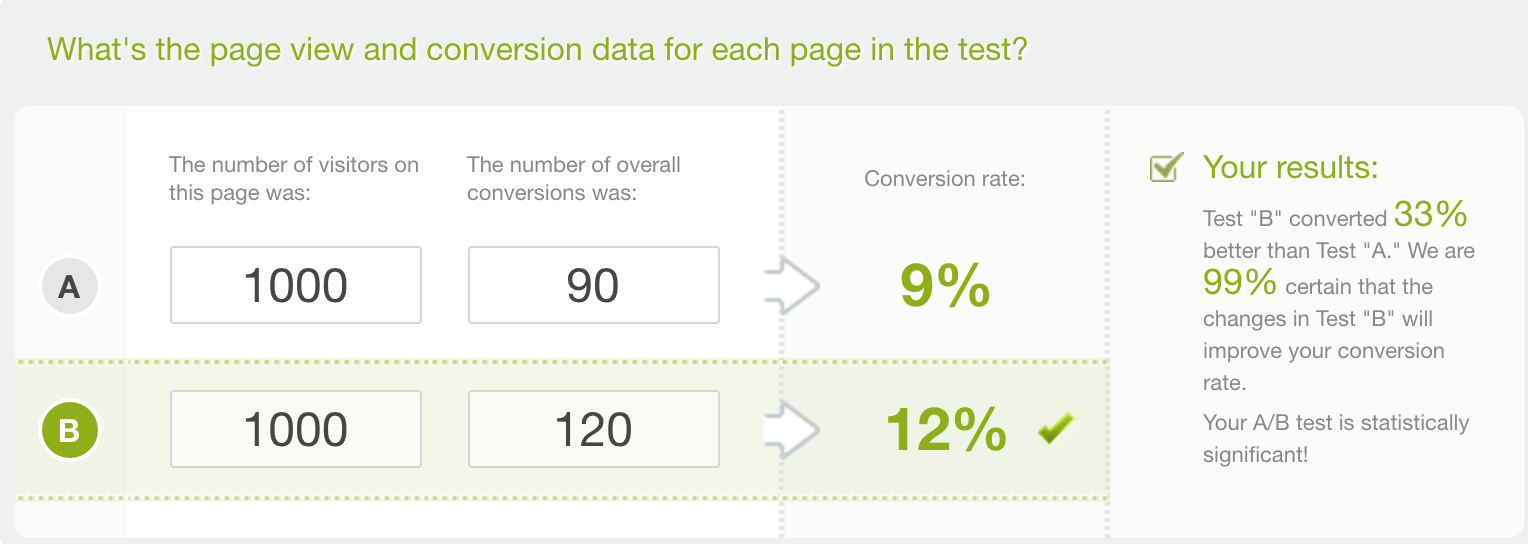
If you're testing, make sure that your tests have reached statistical significance before declaring a winner. Use a calculator like this one to see where they stand.
5. Raising budgets too quickly
Ok, this one is easier to excuse, but it's no less deadly for your campaign.
When advertisers find that their campaigns are performing well, the natural instinct is to jack up the budget as much as possible.

More often than not, that abrupt action will kill the performance and send the campaign back to square one.
What to do instead: This particular answer really warrants its own separate blog post, because it dives into the complexities of Facebook's algorithm. The short answer is that when you see a campaign "working" for you, gradually raise the budgets.
There's no catch all rule that we've found for how much to raise. But if you're looking for a concrete starting point, in our experience we've seen about a 30-50% increase every other day successfully scale the volume of leads in a campaign while maintaining performance (in this case, performance is the cost per lead).
6. Not using exclusion lists
Many advertisers fail to exclude their existing customers from their campaigns!
This leads to all kinds of heartbreak. Not the least of which is upsetting existing customers who may have paid more than what you're currently advertising!

Beyond excluding current customers, the missed opportunity here is to exclude people who may have already converted to your offer (if running a lead generation campaign).
Every impression and every click count, so don't waste them by reaching people who have already converted.
What do to instead: Create a custom audience, or more than one, of people that you want to exclude from your campaign. You can add those custom audiences to the "exclude" section when configuring ad sets.
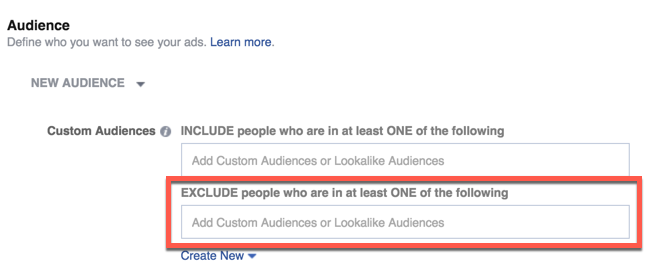
7. Not building custom audiences for retargeting
The Facebook pixel is a wonderful and mysterious tool.
Well, the only true mystery is why advertisers fail to take advantage of features like retargeting!
We've seen this transgression on websites with both high and low traffic figures.
What to do instead: At the very least, set up a website custom audience that tags all visitors to any page. Facebook lets you keep track of people for up to 180 days (that's a pretty long time).
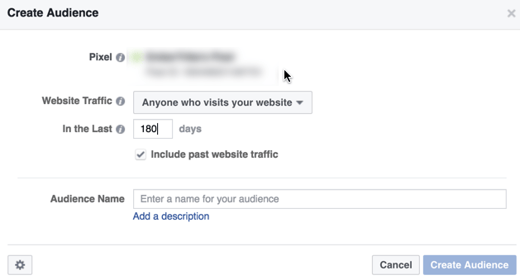
Since 95%+ visitors will never return to your website on their own, retargeting is a quick and easy win to get repeat engagement and help build a meaningful relationship.
8. Not using existing custom audience lists
Custom audiences are powerful. We just discussed one type of custom audience (based on website visits), but lead lists, customer lists, and email subscribers all can be put to good use for a successful Facebook campaign.
Many advertisers fail to take stock of the lists they're already sitting on.
What to do instead: Take your existing customer lists and use them as a source list for a lookalike audience. Facebook will go and find people who are very similar to your best customers. If you have a list of leads, you can target them with different types of content that helps nurture them towards a sale.
The larger your list, the more segmentation you can do to improve the effectiveness of your campaign.
9. Missing out on mobile
The majority of traffic coming from Facebook is coming from a mobile device. All too often, we see advertisers excluding mobile devices from their campaigns.

This means that they're missing out on a tremendous amount of potential lead volume while also subjecting themselves to a more costly desktop campaign.
On average, we see mobile traffic coming in with a lower cost than desktop (probably related to the sheer amount of "supply" of traffic).
What to do instead: Run placements on both mobile and desktop. Split test these two placements to compare CPC, CPM or CPA. Make sure your landing page experience is responsive and plan on accommodating mobile users with your campaign content.
10. Bad image creative
We see too many advertisers treating the images of their ads like a traditional banner ad. This doesn't work on Facebook.
Leave the CTA buttons and glorified digital posters for the Google Display Network.
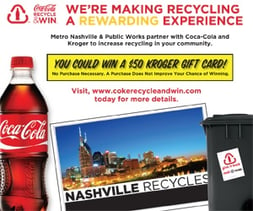
What to do instead: Focus on using meaningful, attention-grabbing images that will reinforce your offer in a meaningful and memorable way.
The standard advice is to use high-resolution, professional images. But we offer that advice cautiously. We've seen some campaigns perform better with lo-fi images (presumably, because they blend in more with people's newsfeeds and look like organic content).
Go forth, and Advertise
We've yet to find a "perfect" Facebook ad account. In fact, the perfect Facebook ad account is one that continues to question assumptions, test and discover new ways to outperform the competition.


-AK-148968-preview.png?width=842&height=310&name=1.01-1x1px-Embertribe-(Client-Services)-AK-148968-preview.png)


















.png?width=810&height=810&name=TJ%20Jones%20-%20%20CoFounder%20EmberTribe%20(1).png)


%20-%20500x500%20-%20SP%20-%2045.01.png)
%20-%20500x500%20-%20SP%20-%2049.01.png)
%20-%20500x500%20-%20SP%20-%2057.01.png)


.png)